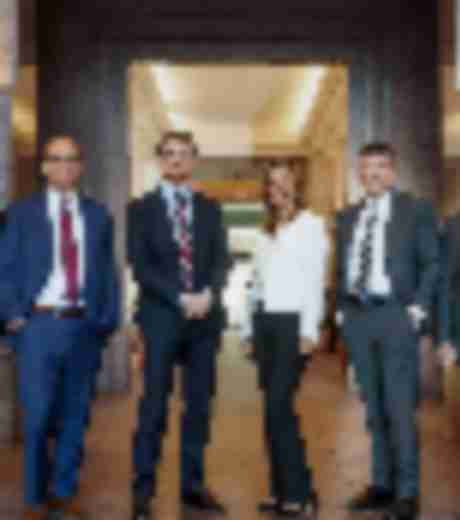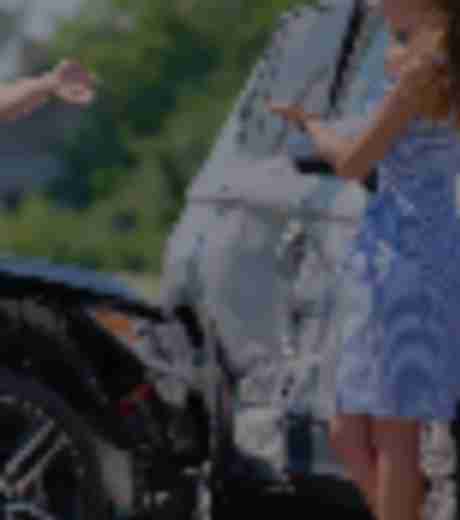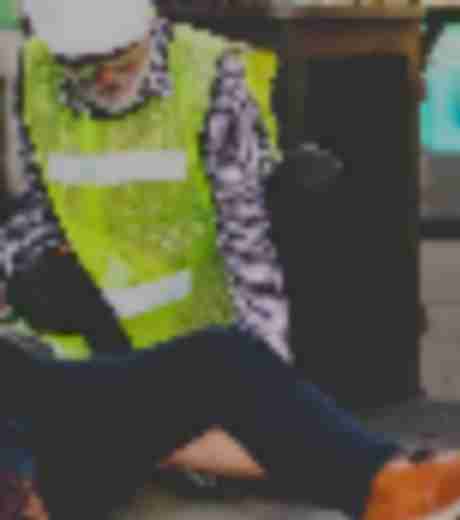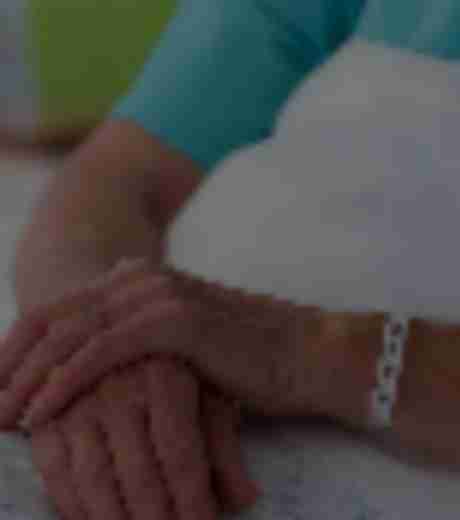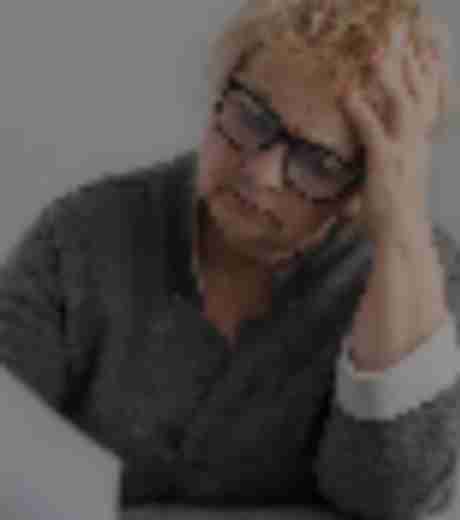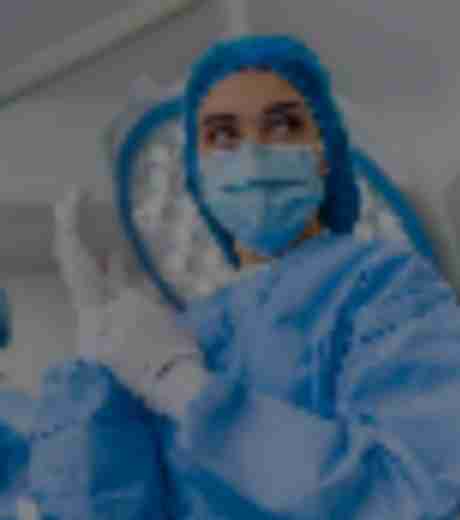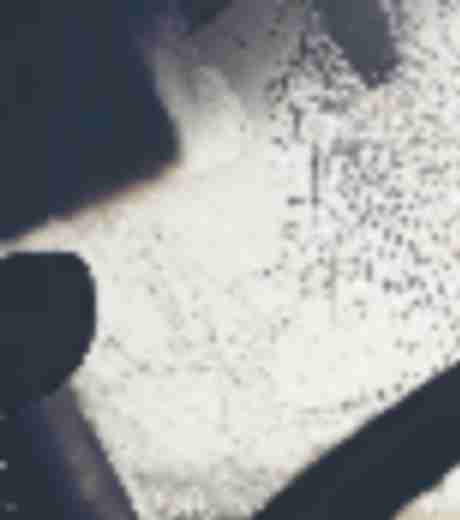Establishing liability crucial when dealing with your insurer
If you have been in a car accident before, you know how hectic and frantic the moments are following the wreck. One of the crucial steps anyone needs to take after a car accident is take a deep breath and remain calm. It will make the craziness of the post-accident scene a little bit easier to handle.
Your mind will quickly turn to “who was at fault in this wreck?” Usually the individual at fault is obvious, but there are cases where it isn’t so clear. So what do you do in either situation? How do you establish liability in wreck, and what can you do with this information?
First of all, if the liability is obvious, you will probably still need to provide some proof and evidence to your insurer.
Remember, your car insurance company is going to try to minimize how much they have to cough up to help you. We can debate the moral merits of this strategy another time — the sad fact is this is our reality, and having evidence that shows the other person was at fault really helps your case. So photos, eyewitness statements, police reports: all of these things are crucial pieces of evidence for you, even when the liable party is obvious in the matter.
If liability is more of a question, then that police report will become an even more crucial bit of evidence. This report will contain information that can lead to someone being held liable or deemed negligent. Remember that these police reports can be amended or altered after they are released if new information is provided that changes the outcome (such as missing evidence or new evidence).
Source: FindLaw, “Car Accident Liability: Proving Fault in a Car Crash,” Accessed Jan. 30, 2015
Get in Touch
Schedule a Free Initial Consultation
At Kennedy, Johnson, Schwab & Roberge, P.C., we handle all cases on a contingency fee basis. This means that we do not get paid unless and until you receive a settlement or a jury award.
Schedule a free, confidential consultation with a skilled Connecticut personal injury lawyer today.

